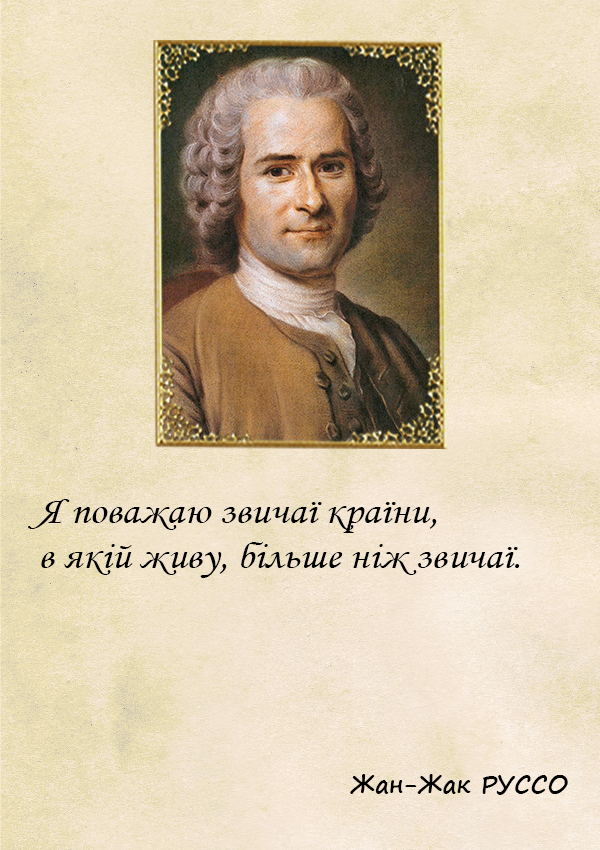
Many of us think we can measure the temperature of our surroundings. But it is not so. In this article we will try to figure it out so what is the catch, and what do we really feel?
The temperature of ordinary things is a measure of the average speed of movement of the atoms and molecules of which they are made. The greater the average speed of movement of atoms and molecules that make up an object, the higher its temperature. It seems to us that there is a clear relationship: if something has a high temperature, then it seems hot to us and vice versa. Thus, we perceive our sensations as very accurate measurements. However, this is not quite true.
If you touch a piece of metal or a book that has just been pulled out of the freezer, the metal will appear much colder than the book. This will prevent the metal and the book at the same temperature, but the metal will appear much colder.
Metal is a substance that conducts heat very well, suddenly “takes” it away from warmer bodies and quickly “gives off” heat to colder objects than metal. And with paper everything represent quite the opposite, it conducts heat poorly, slowly “gives” and “takes away” it. Despite the fact that the metal and the book retain the same temperature, the movement of molecules in our hands is absorbed much faster by the metal than by paper.
Metal causes the temperature of our hands to drop faster, which makes the metal feel colder. What we actually feel is the temperature of our hands. Our internal thermometer measures only its own temperature (like any other thermometer, by the way). You can tactilely measure the temperature of other items by remaining them in contact with your skin. The thermosensitive nerves in our skin can only directly measure the temperature of the skin itself. When we touch something, we do not feel its temperature, but only feel the effect of this object on our skin.
A cloud of steam from your pot appears to be much hotter than the hot dry air from an actually hotter oven. Steam carries a lot more molecular motion to your skin than air. We can say that hot and a cold are fundamentally different concepts from high and low temperature.
A hot object is an object that gives off a lot of energy, a cold object is an object that gives off little energy.
Indeed, when someone has a lot of something, this does not mean that he gives his energy frequently…


























































Залишити відповідь